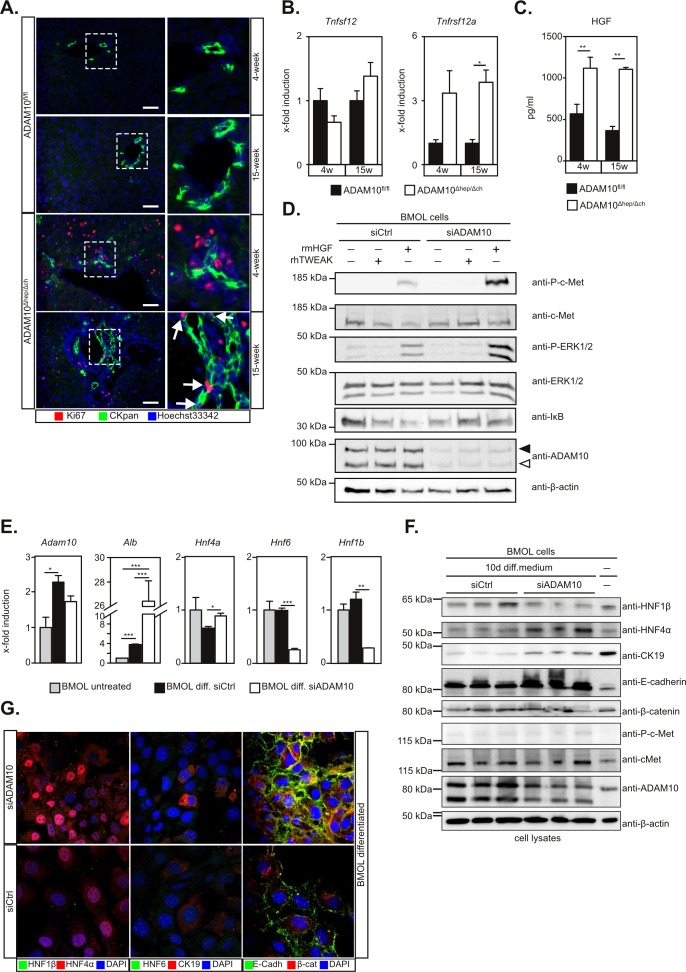Figure 4. Activation of liver progenitor cells is enhanced in the absence of ADAM10 activity.
A. Detection of proliferating LPCs in 15-week old ADAM10Δhep/Δch mice as assessed by CKpan/Ki67 immunofluorescent double staining. Arrows indicate CKpan+Ki67+ LPCs. Scale bars indicate 50 μm. B. Expression levels of Tnfsf12 coding for TWEAK are unaltered while the expression levels of Tnfrsf12a coding for Fn14 are increased in ADAM10Δhep/Δch mice (n = 4-5 animals per subgroup). C. Multiplex ELISA shows increased levels of the LPC mitogen HGF in the serum of ADAM10Δhep/Δch mice (n = 3-15 animals per subgroup). D. siRNA-mediated downregulation of ADAM10 in BMOL cells results in enhanced HGF-induced c-Met signalling, but not TWEAK-induced Fn14 signalling. Filled arrowhead indicates ADAM10 pro-form. Open arrowhead indicates ADAM10 mature form. One representative out of three independent experiments is shown. E. Differentiation of BMOL cells to hepatocytes is enhanced in the absence of ADAM10 as assessed by qPCR analysis of hepatocytic genes Alb and HNF4a and cholangiocytic genes HNF6 and HNF1b. F. Expression of HNF4α and the epithelial cell marker E-cadherin after differentiation is enhanced and expression of the cholangiocyte marker HNF1β is reduced in the absence of ADAM10 as assessed by immunoblotting. G. Immunofluorescent staining of siRNA-treated BMOL cells after differentiation reveals plasma membrane staining of E-cadherin, perinuclear staining of β-catenin and enhanced nuclear localisation of HNF4α in the absence of ADAM10. Data represent the mean ± standard error of the mean. (*P < 0.005; **P < 0.001, ***P < 0.001).

